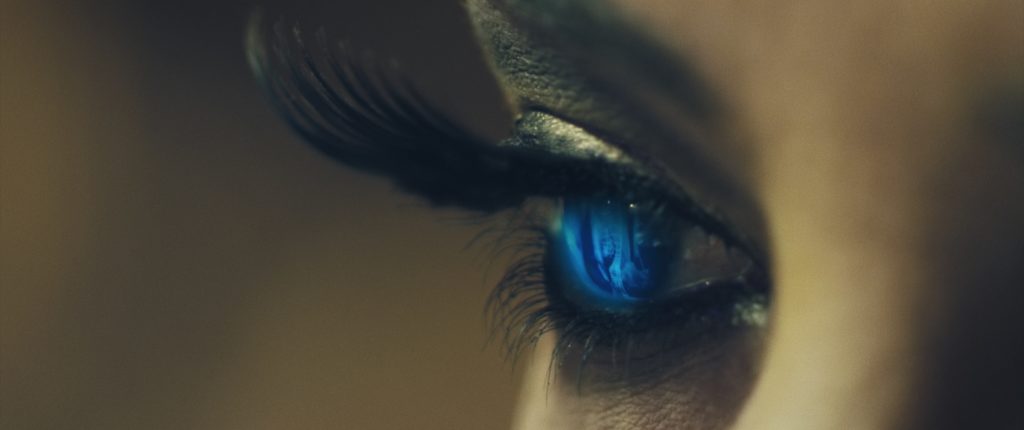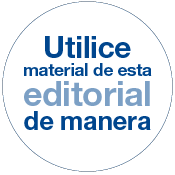2: MY FIRST STEPS INTO ACCESSIBILITY
Smelling my own movie was a surreal experience. It was also an inspiring one, and some ideas popped into my mind: For example, I thought, if we are able to assign a particular perfume to every main character, adding an extra layer of sensory realism, then why not add aromas to a catwalk to make these events more enriching? These essences could be carefully chosen by the project’s fashion designer him or herself, as they were for XMILE.
The multisensory side of the project was interesting, but I had another thing in mind: Given that XMILE could be “smelled” as well as seen, would it be possible to create a cinematic experience that would include people who lack sight or hearing? And, if so, how does a blind person watch a film? And a deaf person? What about the deaf-blind people?

-AUDIOVISUAL ACCESSIBILITY-
With such questions in mind, I found the following accessibility tools for the visually and hearing impaired: Audio description, subtitles for the Deaf or Hard-of-Hearing (SDH) and Sign Language.
Audio description (AD):
This additional, acoustic track, provides a narration mainly for the blind and visually impaired. This narration, which appears between dialogues, describes what is happening on the screen and cannot be understood.
Subtitles for the Deaf or Hard-of-Hearing (SDH):
These subtitles are designed, mainly, for deaf or hard-of-hearing viewers. They offer any audible information relevant for the understanding of the plot. SDH are displayed in various places on the screen. Dialogues are highlighted in different colours.
Sign Language (SL):
Sign Languages are not really an accessible tool. They are vivid, natural languages with their own grammar and lexicon, particular to every Deaf Community in its respective country. It is important to note that the manual sign stream just makes up one part of these Languages. Facial expressions and other non-manual elements are also very relevant to properly communicate in any Sign Language.
Combining these above-mentioned tools with the aromatic experience, a tactile exhibition and a tasting experience, we were able to design a XMILE experience for the deaf-blind people.

So, what was this tasting experience and tactile exhibition about?
First, let me explain how we originally intended the experience to be:
Before entering the screening room, the viewers got specially designed drinks that would later appear in the film. Fun fact, you might assume that the above-featured drinks in screaming green and blue colors, might taste bitter. However, they tasted like sweet strawberry chewing gum in order to help people realize that sight and taste do not need to go hand in hand.


Then, with the drinks at hand, they watched XMILE with the added scents. When the beverages appeared in the film, the viewers were able to drink them, so to speak, with the characters.
After the screening, they had access to the costumes, prosthetics and other items featured in the exhibition.



-XMILE FOR THE DEAF-BLIND: The tactile exhibition-
In regards to the deaf-blind people, the experience was a little different.
With the help of a couple of guide-interpreters and braille texts about the film, we used the tactile exhibition as a sort of “trailer” to contextualize XMILE.


Within the framework of ASOCIDE CV, the project’s fashion designer cooperated with the deaf-blind people in order to write the braille texts for the exposition.

By touching the costumes of the main characters and by the help of the braille texts and the guide-interpreters, the deaf-blind people got to learn about the characters’ names and personalities.

Then, like the other members of the audience, they got the movie-featured drink and enter the theatre to experience the film and all its additional scents.
-XMILE FOR THE DEAF-BLIND: The screenings-
What about the screening?
Two guide-interpreters, working hand-in-hand, were telling them the story. Using Sign Language, one of the guide-interpreters explained the plot, while the other one covered the dialogues.


The scents played their part as well: Each aroma in XMILE was perfectly synchronized with the script the guide-interpreters were signing. That way, the deaf-blind person’s film experience was further enhanced.
A wide variety of scents were featured in XMILE, including those of grass, smoke and other such environmental odors, as well as the aforementioned character-perfumes.
So, if the main characters were about to appear with their respective perfumes, the guide-interpreters told them so.
For the deaf-blind people, this was a great and new experience!
-UNIVERSAL DESIGN-
However, we cannot claim that XMILE is a 100% inclusive film. As mentioned before, all the accessibility tools were created in postproduction – in order to be inclusive, everything should have been designed this way from the start.
Nevertheless, this does not mean that the final experience cannot be treated as an opportunity for employing Universal Design strategies.
In fact, after our work was done, we did not have one instance in which we had to make specific adaptations to accommodate an individual member of the audience. Everybody, within their own capacity and regardless of their condition, was able to enjoy the experience of XMILE to the full extent.

-THE PREMIERE-
We premiered the film on December 16th.
Since then, many people with or without disabilities attended XMILE’s numerous screenings. Also, government representatives, associations, people from the film industry and educators were impressed by a project which managed to include everybody, though the plot was not related to the theme of disability at all.

I met plenty of new people whose life stories had a great impact on me, and who made me aware of how much the world has to change to become inclusive. So, I started to do more research.








